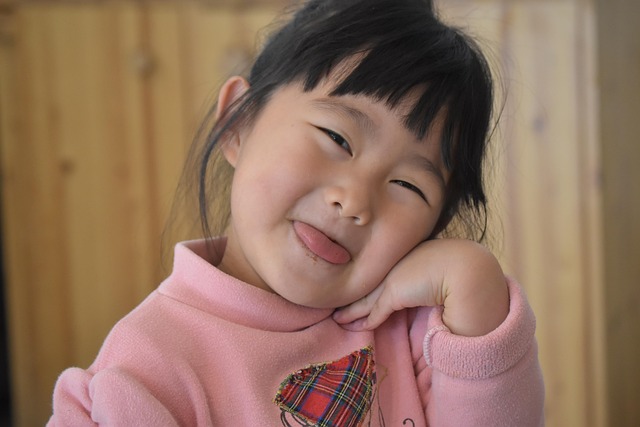In child welfare cases, resolving conflicts around custody, visitation, and child education rights requires professional guidance from social workers, therapists, or lawyers specializing in child welfare. These professionals facilitate open communication, mediate conversations, and offer impartial perspectives to promote cooperative resolutions that prioritize the best interests of the child, including their educational needs and aspirations. Effective communication strategies, focusing on interests rather than positions, enable informed decisions aligned with the child's long-term well-being and academic success.
Conflict resolution is a vital aspect of ensuring positive outcomes in child welfare cases. This comprehensive guide explores strategies to navigate these challenges with professional guidance. We delve into understanding the root causes of conflict, highlighting the critical role counselors and mediators play in finding common ground. By examining effective communication techniques and negotiaton skills, we provide insights into fostering amicable solutions. Additionally, this article emphasizes the importance of upholding child education rights as a key component in reaching mutually beneficial agreements.
Understanding Conflict in Child Welfare Cases
In child welfare cases, conflict often arises from differing perspectives on what’s in the best interest of the child. This can involve disputes between parents and caregivers, social workers, and legal professionals regarding custody, visitation rights, and decisions related to a child’s education. Understanding these conflicts requires recognizing that every party involved is acting with what they believe to be the child’s highest good in mind. Parents may prioritize their relationship with the child, while professionals focus on ensuring safety and stability.
Recognizing the multifaceted nature of conflict is crucial for resolving it effectively. In these situations, professional guidance becomes indispensable. Social workers, therapists, and lawyers with experience in child welfare can mediate conversations, clarify legal rights, especially regarding child education rights, and help all parties understand their roles and responsibilities. This neutral third-party perspective allows for a more holistic view of the situation, fostering cooperation and mutually agreeable solutions.
The Role of Professional Guidance in Resolution
Professional guidance plays a pivotal role in resolving conflicts within child welfare cases, ensuring the best interests of the child are at the forefront. Trained professionals, such as social workers and mediators, offer an impartial perspective to help all parties involved navigate complex emotional and legal territory. They facilitate open communication, encouraging each side to express their concerns and perspectives freely. This process enables a deeper understanding of the issues, fostering an environment conducive to collaboration.
Through structured guidance, these professionals can assist in identifying underlying causes of conflict, whether related to custody arrangements, educational rights, or cultural differences. By presenting options and potential outcomes, they empower parents, guardians, and other stakeholders to make informed decisions. This approach not only expedites the resolution process but also promotes long-term stability for the child, ensuring their education rights are respected and protected throughout.
Strategies for Effective Communication and Negotiation
Effective communication is key in resolving conflicts within child welfare cases. Professionals should adopt active listening techniques, ensuring all parties involved feel heard and understood. This fosters an environment of trust and respect, encouraging open dialogue. When negotiating solutions, it’s crucial to focus on interests rather than positions. Understanding the underlying needs and concerns of each individual can lead to mutually agreeable outcomes that prioritize the best interests of the child, including their education rights.
By employing empathetic communication styles and interest-based negotiation strategies, professionals can navigate complex situations with sensitivity and professionalism. This approach enables them to facilitate productive conversations, resolve disagreements, and make informed decisions that align with the child’s long-term well-being and educational aspirations.
Ensuring the Best Interests of the Child in Education Rights
In child welfare cases, ensuring the best interests of the child extends beyond physical and emotional well-being; it includes safeguarding their future prospects, particularly in relation to education. Professional guidance plays a pivotal role here by facilitating open communication between all stakeholders—social workers, parents, educators, and legal representatives—to navigate complex issues surrounding a child’s education rights. This collaborative approach helps identify tailored solutions that respect the child’s needs and aspirations while adhering to legal frameworks.
By engaging professionals with expertise in both child welfare and education law, it becomes possible to advocate for a child’s right to a quality education. This advocacy ensures they receive appropriate academic support, special accommodations if needed, and access to resources that foster learning and development. Ultimately, guiding parents and caregivers through these processes empowers them to make informed decisions regarding their child’s education, contributing to their overall growth and success.
In resolving conflicts within child welfare cases, professional guidance plays a pivotal role. By employing effective communication strategies and negotiation techniques, stakeholders can navigate intricate issues while prioritizing the best interests of the child, especially regarding their education rights. Through this collaborative approach, it becomes possible to foster positive outcomes and ensure a secure future for all involved.
